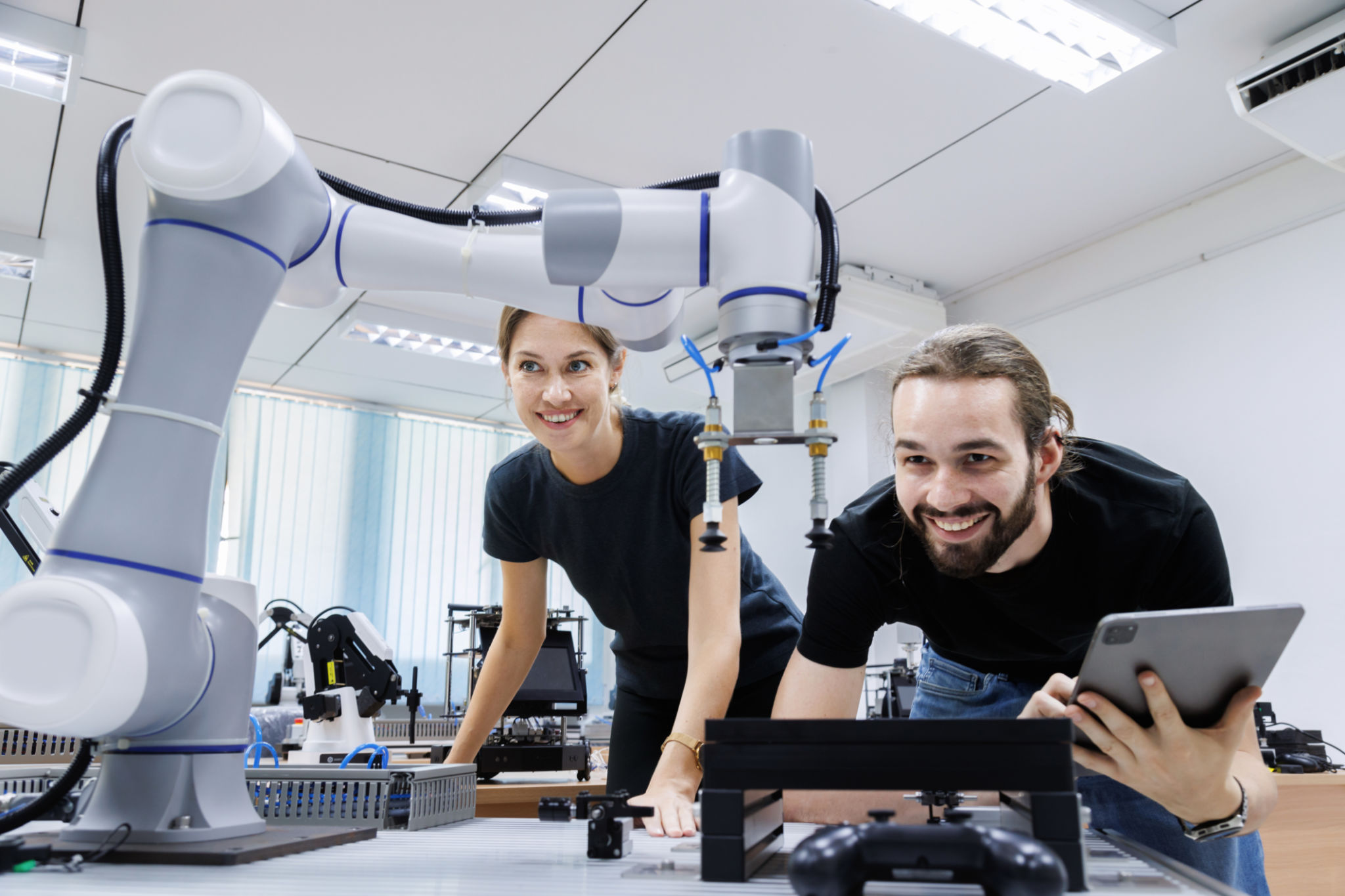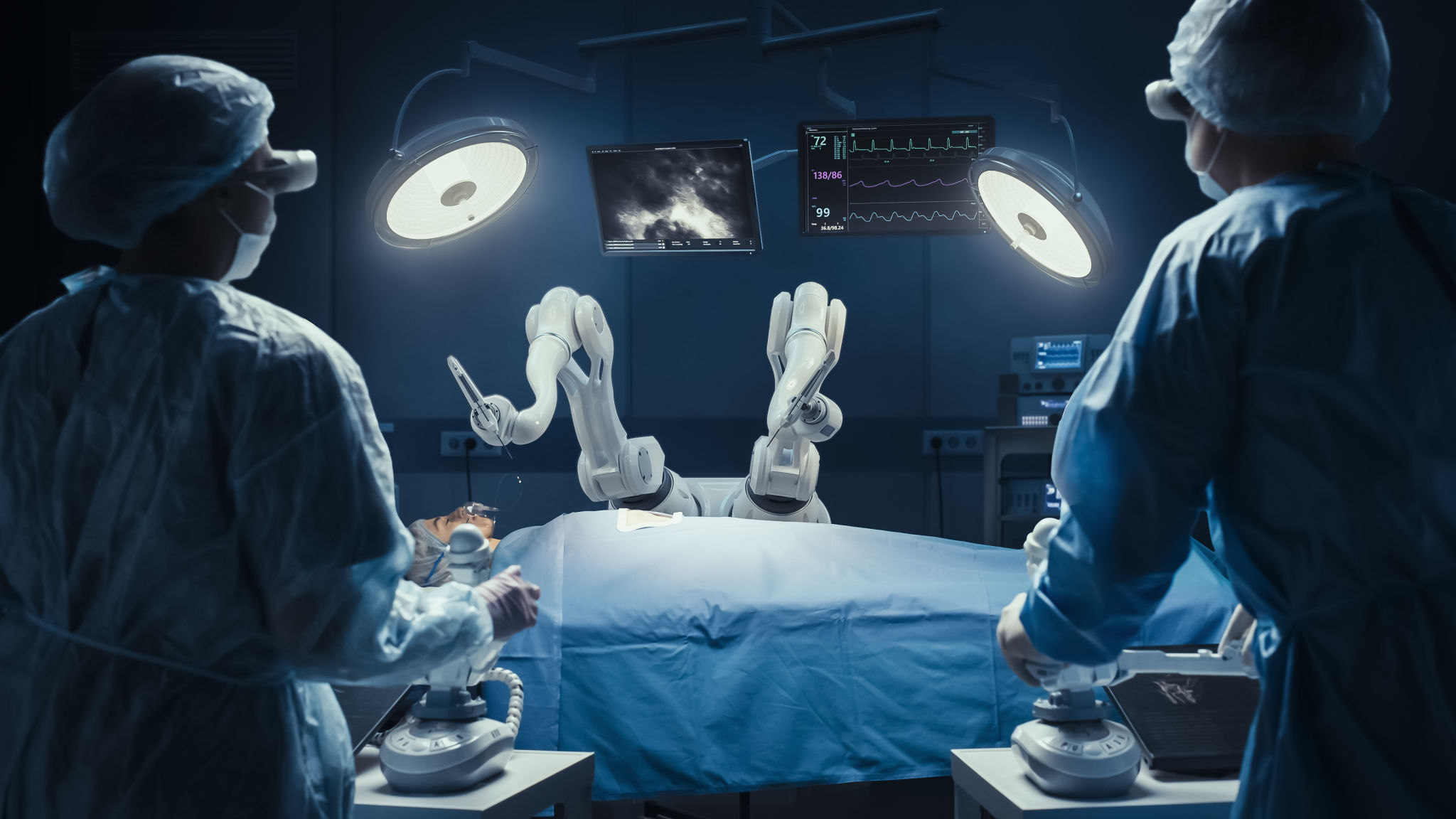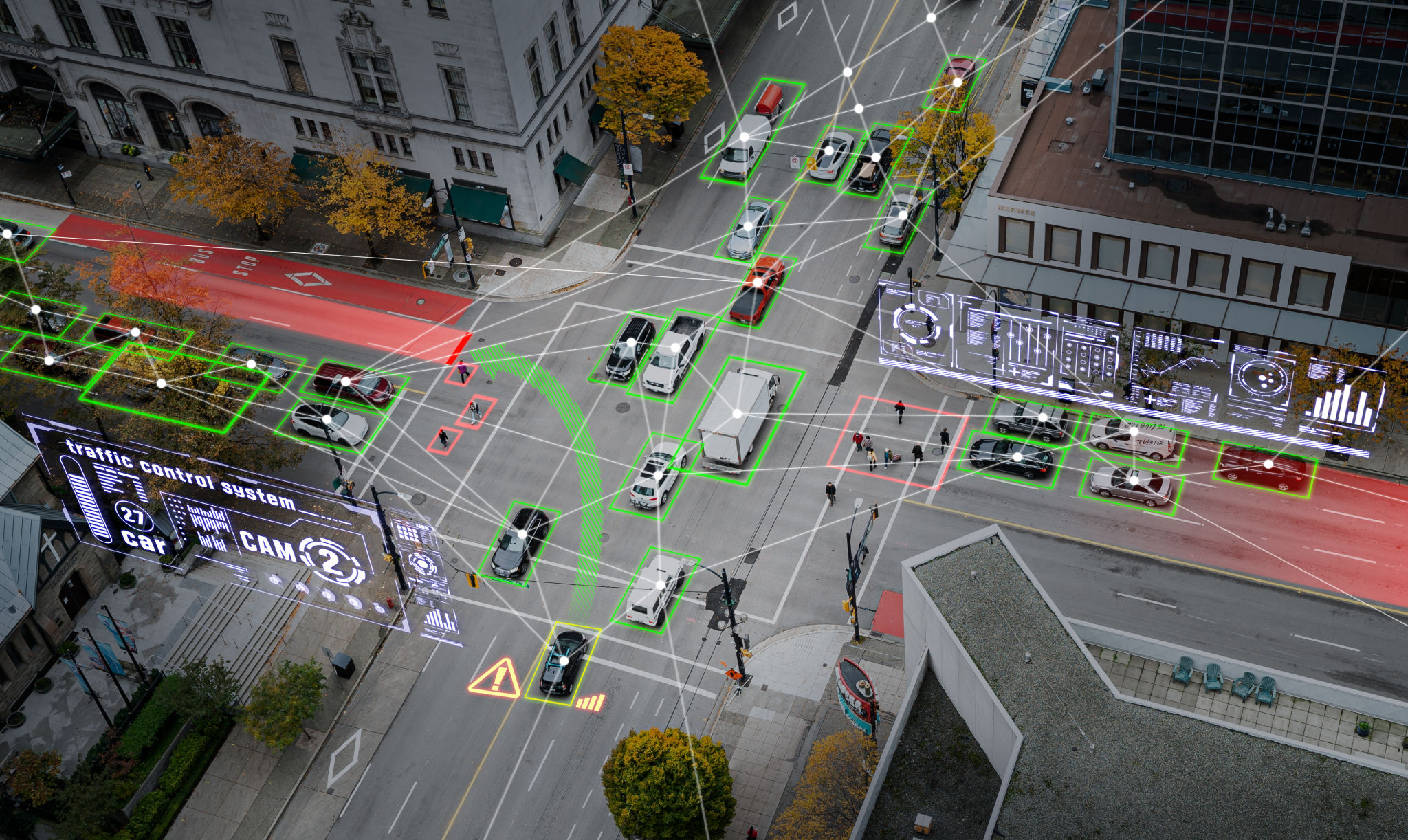Integrating Machine Learning with Robotics: Innovations in Automation
Introduction to Integrating Machine Learning and Robotics
The integration of machine learning with robotics is a groundbreaking advancement in the field of automation, promising to revolutionize industries and transform everyday tasks. By combining the ability of robots to perform repetitive tasks with machine learning algorithms that enable decision-making, we are witnessing significant innovations that were once the realm of science fiction.
This seamless integration allows robots to learn from data, adapt to new environments, and improve their performance over time. As a result, robotics systems are becoming more intelligent and capable of handling complex tasks with minimal human intervention.

Enhancing Manufacturing Processes
One of the most significant applications of machine learning in robotics is in the manufacturing industry. Traditionally, industrial robots have been used for tasks such as assembly, welding, and painting. However, with machine learning, these robots can now optimize their actions by learning from each cycle of the manufacturing process.
This leads to increased efficiency and reduced waste, as robots can adjust their operations based on real-time data. Furthermore, predictive maintenance powered by machine learning ensures that machines are maintained proactively, minimizing downtime and enhancing productivity.

Advancements in Healthcare Robotics
Healthcare is another sector that is benefiting immensely from the integration of machine learning and robotics. Robots equipped with machine learning capabilities can assist in surgeries, provide rehabilitation support, and even aid in patient care. The precision and adaptability of these robots ensure that they can perform delicate procedures with high accuracy.
Moreover, by analyzing vast amounts of medical data, these robots can assist doctors in diagnosing diseases and personalizing treatment plans for patients. This not only improves patient outcomes but also alleviates some of the burdens on healthcare professionals.

Autonomous Vehicles and Machine Learning
Autonomous vehicles are a prime example of how machine learning is being used in robotics to pave the way for the future of transportation. By processing data from sensors, cameras, and other onboard systems, these vehicles can make real-time decisions to navigate roads safely and efficiently.
- Sensing the environment through advanced perception algorithms.
- Making decisions based on traffic patterns and obstacles.
- Learning from past driving experiences to enhance safety.
These capabilities are not only transforming how we think about transportation but are also setting the stage for a future where self-driving cars are commonplace.

Challenges in Integration
Despite the numerous benefits, integrating machine learning with robotics does come with its own set of challenges. One major hurdle is ensuring data security and privacy, as these systems often rely on large amounts of sensitive information. Additionally, there is a need for robust algorithms that can handle unpredictable environments and ensure safety.
Another challenge is the high cost of development and implementation. As these technologies continue to evolve, finding cost-effective solutions will be essential for widespread adoption across various industries.
The Future of Robotics and Machine Learning
The future of integrating machine learning with robotics looks promising. With continuous advancements in technology, we can expect even more sophisticated systems capable of performing tasks that are currently beyond human capabilities. From smart homes to advanced industrial automation, the possibilities are limitless.
As we move forward, collaboration between researchers, engineers, and policymakers will be crucial in addressing challenges and ensuring that these innovations benefit society as a whole. The journey towards a more automated world is just beginning, and its potential impacts are both exciting and transformative.
